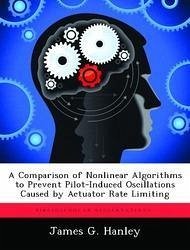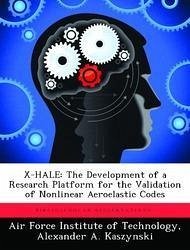Nicht lieferbar

Development of Variable Slope Piecewise-Based Brown Symbols for Application to Nonlinear Ambiguity Suppression
Versandkostenfrei!
Nicht lieferbar
In 1962, Palermo used two conjugate Linear Frequency Modulated (LFM) pulses to demonstrate a Non-linear Ambiguity Suppression (NLAS) technique to reduce ambiguous energy in radar returns. Using conjugate LFM pulse coding does not readily extend to larger symbol families and thus is severely limited for M-channel (M > 2) NLAS applications. Larger families of optimal mutually dispersive codes with higher time bandwidth products are needed to achieve the desired M-fold range ambiguity reduction. Using correlation function rms time duration as an optimization metric, the recently proposed Brown's ...
In 1962, Palermo used two conjugate Linear Frequency Modulated (LFM) pulses to demonstrate a Non-linear Ambiguity Suppression (NLAS) technique to reduce ambiguous energy in radar returns. Using conjugate LFM pulse coding does not readily extend to larger symbol families and thus is severely limited for M-channel (M > 2) NLAS applications. Larger families of optimal mutually dispersive codes with higher time bandwidth products are needed to achieve the desired M-fold range ambiguity reduction. Using correlation function rms time duration as an optimization metric, the recently proposed Brown's theorem formulates a deterministic process for designing optimal mutually dispersive symbol sets of arbitrary size. The rms time duration performance of digitized "Brown" symbols is invariant to choice of basis (phase-rate) functions used in the design process, yet improvement in cross-correlation sidelobe performance is directly linked to basis function design. This insight provided the impetus for designing and synthesizing a new set of mutually dispersive symbols based on Variable Slope (VS) piecewise basis functions. The resultant VS piecewise-based "Brown" symbols are used with NLAS processing to demonstrate M-fold ambiguity suppression capability. Despite the presence of two undesired ambiguous signal responses having +24.0 dB more signal power relative to the weaker desired unambiguous signal, the NLAS processor effectively suppressed the ambiguous responses. The desired signal peak NLAS output response was approximately 11.0 dB above the noise floor and undesired ambiguous responses were suppressed an average of 10.0 to 12.0 dB - a net improvement of approximately 21.0 to 22.0 dB.











